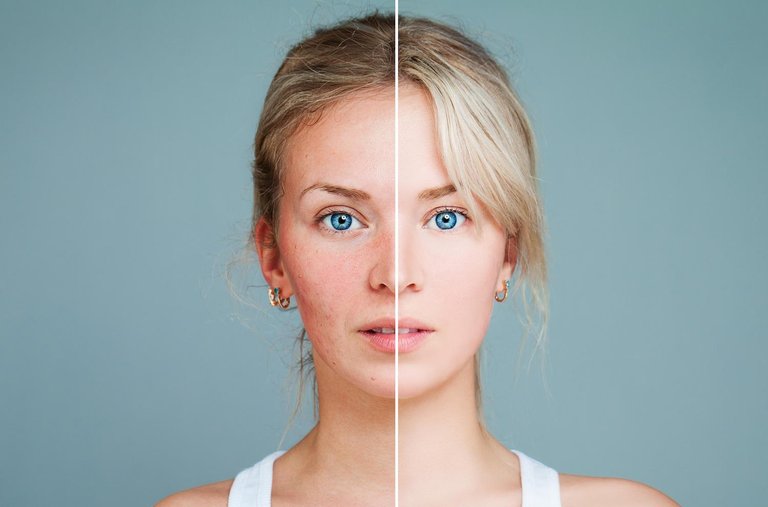Rosacea is a chronic inflammatory skin disease that commonly affects middle-aged and older people with fair skin. It tends to affect women more compared to men.
The red patches and the overall redness of the face are due to telangiectasia, or the permanent dilation of capillaries and other smaller blood vessels in the face. Sometimes, there will be hyperplasia of the soft tissues of the nose, which makes it appear bulbous - this form of rosacea is known as rhinophyma.
Causes of Rosacea
There is no single factor known to cause this skin condition. Genetics, sun exposure, presence of intestinal bacteria, mites (Demodex folliculorum), and the use of certain medications such as steroids have been suggested to contribute in the development of this disease.
The use of potent steroids has been found to cause skin conditions such as perioral dermatitis, or the inflammation of the skin around the mouth, and steroid rosacea. These conditions may be confused with acne rosacea. Young women are more frequently affected. The patients may also complain of burning or stinging sensations.
There are also some factors that may exacerbate rosacea. These factors include emotional stress, physical exertion, sun exposure, alcohol intake, and eating spicy foods.
Symptoms of Rosacea
The facial skin of people suffering from this disease usually has a rosy hue. Inflammatory papules and pustules, and oily skin may also be present. If the condition is severe, ophthalmic disorders such as keratitis, or inflammation and swelling of the cornea – the thin layer that covers the eye, and blepharitis, or the inflammation of the eyelids, are seen.
Treatment for Rosacea
Treatment for rosacea includes the use of certain topical and systemic medications, laser therapy, and surgery. The topical and systemic medications are used to address only the inflammatory papules and pustules, since telangiectasia and rhinophyma will not respond to these.
Metronidazole gel is the best topical treatment for rosacea. Topical clindamycin and erythromycin are also recommended, if the patient cannot tolerate the use of metronidazole. In order to see results, these medications must be used for a period of five to eight weeks.
Systemic medications are required when topical therapy is inadequate, or has failed to deliver the expected results. It is also used when the patients present with ophthalmic disorders mentioned above.
Tetracycline and erythromycin in 250 or 500mg taken twice daily on an empty stomach is the treatment of choice. If still, no effects are seen, the patient may opt to take isotretinoin capsules. A derivative of vitamin A, isotretinoin is known to be effective against many skin diseases. This medication must be taken for 12-28 weeks.
The only appropriate treatment for telangiectasia is yellow light laser therapy. Rhinophyma, on the other hand, is managed only through surgery.
Rosacea tends to be persistent in nature. But the solutions given above should be able to control it adequately.
There is also an over-the-counter rosacea treatment product called Prosacea.
